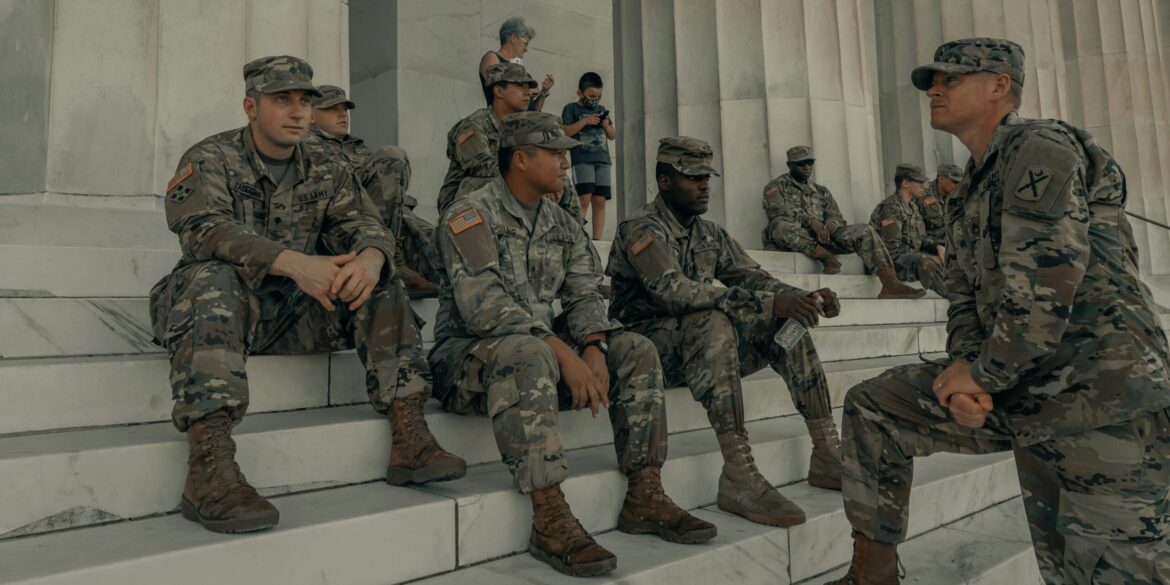On October 22, 2025, the U.S. military conducted its eighth strike against a vessel believed to be transporting illegal drugs in the eastern Pacific Ocean. This latest action, which resulted in the deaths of two individuals, marks a significant escalation in the ongoing anti-drug operation. Since the operation’s expansion in September 2025, a total of 37 individuals have lost their lives in similar strikes. The Pentagon has defended the military’s actions, describing them as necessary to disrupt drug trafficking operations and ensure national security.
The strikes are part of a broader strategy aimed at combating the illegal drug trade in the Pacific region, a major route for narcotics trafficked from Latin America. The U.S. military’s increased presence and aggressive stance in the area have been part of a coordinated effort to halt the flow of illicit drugs that often end up in U.S. communities. While the exact operations are not fully disclosed, the Pentagon asserts that these measures are critical to dismantling drug networks that contribute to drug-related violence and crime across the nation.
Since the anti-drug operations ramped up in September 2025, the U.S. military has made a concerted effort to target vessels suspected of carrying large shipments of drugs, particularly cocaine and methamphetamines. These drugs are often transported via maritime routes, with traffickers relying on speedboats and larger vessels to evade detection. The eastern Pacific, which stretches from the western coast of Central and South America to the U.S. West Coast, has long been a hotbed for drug trafficking activity, and the Pentagon sees the need to take swift and decisive action against the criminal organizations involved.
In addition to targeting drug vessels, the military’s operation also aims to disrupt the broader drug distribution network that extends across multiple countries. The U.S. government argues that by intercepting these vessels, they are preventing not only drug shipments but also stopping the flow of dangerous substances that fuel addiction and contribute to a range of social and economic problems in the U.S. These strikes are part of a larger effort to protect national security and limit the destabilizing effects of narcotics on both domestic and international levels.
Despite the military’s claims that these operations are necessary to protect U.S. interests, the strikes have been met with mixed reactions. Human rights organizations and some international groups have raised concerns about the potential for civilian casualties, particularly as many of the vessels targeted are in international waters or near coastal areas with large populations. Critics argue that these strikes, while aimed at criminal groups, could inadvertently harm innocent people and escalate tensions between the U.S. and other countries. The military, however, insists that it takes every precaution to minimize civilian casualties, relying on intelligence gathering and precision targeting to ensure that operations are as safe as possible.
The deaths of two individuals in the most recent strike have reignited debates over the ethics of using military force in such operations. Some argue that the U.S. should focus more on diplomatic solutions and international cooperation to combat the drug trade, rather than relying on military interventions. Others maintain that the use of force is the only way to effectively deter cartels and dismantle the networks that facilitate the distribution of illicit drugs.
As the U.S. continues its anti-drug operations in the Pacific, the broader international community is closely watching how this strategy unfolds. In the past, U.S. military operations aimed at curbing drug trafficking have had mixed results, with some efforts leading to reductions in drug seizures and others being criticized for exacerbating violence or causing unintended consequences. The U.S. government has vowed to maintain its tough stance, but it will need to navigate the complex geopolitical landscape and consider the potential risks of escalating tensions with countries in the region.
The expanded military presence in the eastern Pacific is just one piece of the puzzle in the U.S. government’s broader war on drugs. In addition to military strikes, the U.S. has worked to strengthen partnerships with neighboring countries, improve intelligence-sharing efforts, and increase the effectiveness of law enforcement agencies targeting drug traffickers. However, some critics of the military strikes argue that while these efforts may disrupt the flow of drugs temporarily, they do little to address the root causes of addiction or the systemic issues that perpetuate the drug trade.
For now, the U.S. military is continuing its mission, with further strikes and operations expected in the coming months. Whether this aggressive approach will ultimately succeed in curbing the drug trade remains to be seen. What is clear, however, is that the conflict over how best to combat drug trafficking—through military means or alternative methods—will continue to be a divisive issue, both in the U.S. and globally.

